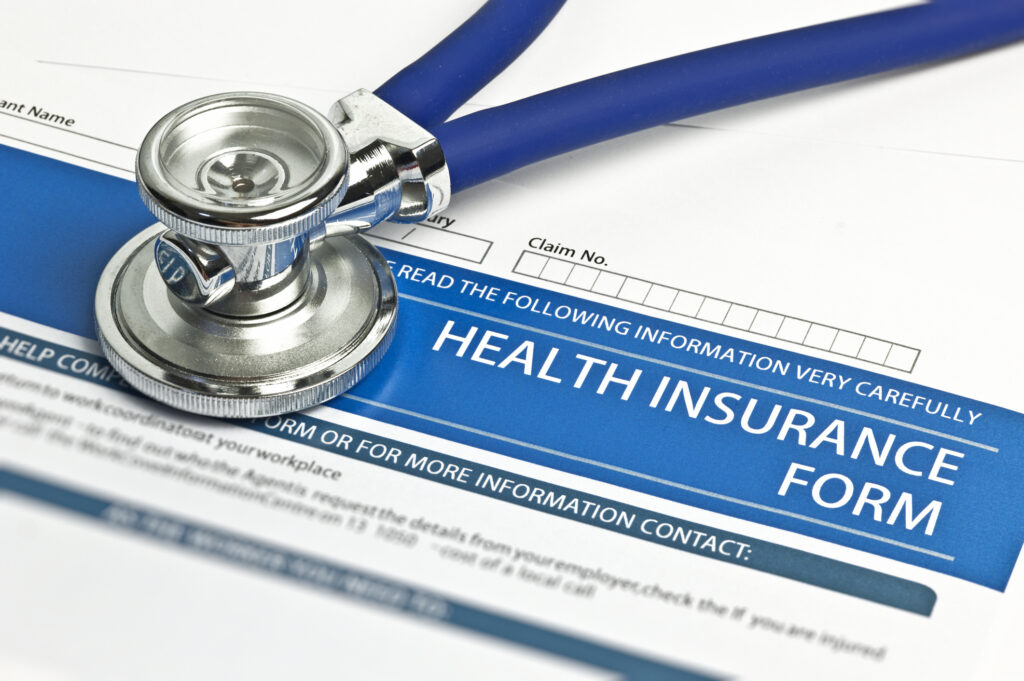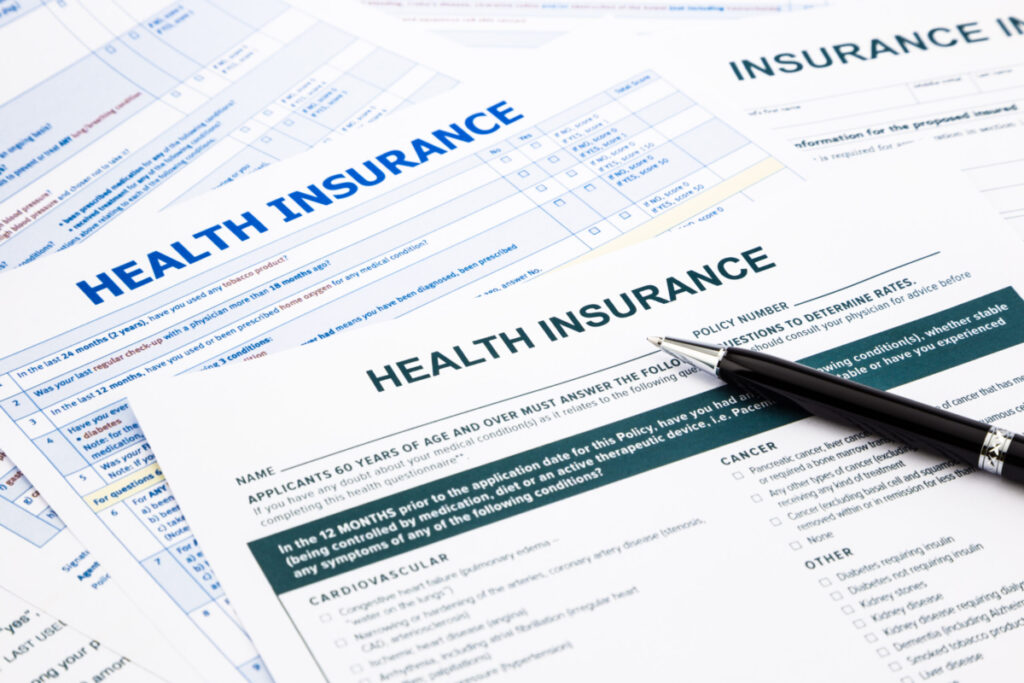The American Rescue Plan Act (ARPA) had a significant impact on the ability of Americans to access and afford health insurance through the federally facilitated marketplace and state-based exchanges across the country. ARPAs dual policies of enhancing existing tax credits used to purchase coverage and providing first time tax credits for moderate income households (those above 400% of the federal poverty level (FPL)) enabled millions to access coverage through marketplace plans since the laws enactment in March of 2021.
The National Academy for State Health Policy (NASHP) recently analyzed how ARPA has impacted enrollees in state-based health insurance marketplaces (SBMs) across different age and income groups. Specifically, NASHP examined households with individuals over 55 years of age for whom health insurance is often cost-prohibitive because of higher charges associated with age (known as age rating) and individuals with income over 400% FPL who newly qualify for subsidies.
To conduct this analysis, NASHP collected data from 15 SBMs operating in CA, CO, CT, DC, ID, MD, MA, MN, NV, NJ, NY, PA, RI, VT, and WA. This analysis was conducted as part of NASHPs work with the State Based Exchange Leadership Networka consortium of state leaders and staff operating the SBMs. Data are current as of September 2021, except where otherwise indicated.
Increased Enrollment and Affordability for Pre-Retirees in SBM Plans
Over one million (1,040,015) 55+ year-olds are currently enrolled in plans through the 15 SBMs reporting data, with the majority of SBMs (CA, CO, CT, DC, ID, MD, MA, MN, NV, NJ, NY, PA, RI, VT, WA)[1] reporting increased enrollment of this population when compared to this time last year. For example, Colorado reported an increase in enrollment of 11 percent and two states, Idaho and Maryland, reported a significant increase in enrollment of 63 and 55 percent, respectively.
Enrollment increases may be a result of lower out-of-pocket premium costs resulting from ARPAs premium tax credit enhancements. Thirteen SBMs report lower average premiums paid by 55+ year-olds after the enactment of APRA. Average premiums for 55+ year-olds fell by over 20 percent in nine states (CA, CT, DC, MD, NV, NJ, PA, RI, WA), with seven of those states reporting decreases in premiums of over $100 per month (or $1,200 per year) (CT, DC, NV, NJ, PA, WA).[2]
Increased affordability may also be driving this population to seek higher value coverage in the form of silver and gold level plans available through the marketplaces. Growth was especially notable in gold-level enrollments, as SBMs saw a 13% increase compared with last year.[3] Overall 66% of 55+ enrollees elected either a silver or gold plan across the 15 SBMs.
Affordability and Enrollment Gains for Moderate-Income Enrollees in SBM Plans
Under ARPA, for the first time, households earning at or above 400% FPL ($104,800 for a family of four in 2021), could qualify for premium tax credits available through the marketplaces. This help is capped at 8.5% of household income ensuring support for enrollees in areas with high healthcare costs and high cost of living. The availability of tax credits has led to significant savings, with nine states (CA, CO, DC, ID, MA, MD, NV, NY, VT) reporting that the average out-of-pocket premiums have fallen by greater than $100 per month (or $1,200 per year) since ARPAs enactment. The District of Columbia and Idaho report that average premiums have fallen over $300 per month (or $3,600 per year), while California and Colorado report savings of over $400 per month (or $4,800 per year).[4]
The increased affordability of SBM plans for those with income at or above 400% FPL may have triggered more of these moderate income households to enroll in coverage through SBMs. Since the enactment of ARPA, the U.S. Department of Health and Human Services reports that an estimated 88,600 individuals from households with income above 400% FPL have enrolled in coverage through the SBMs.[5]
Looking ahead, SBMs are preparing for the next open enrollment season, launching on November 1, and working to ensure that customers, new and old, continue to leverage their resources to access the best value coverage. NASHP will continue to monitor emerging SBM trends.
Customer Testimonials on ARPA and Marketplace Coverage
Since enactment of ARPA, customers of the Washington Health Benefit Exchange report greater ability to afford and use coverage through the marketplace. As shared by one 57-year old customer My bill [is] $242 less than I presently pay. . . . If this continues, I could afford to get better insurance or pay out of pocket for occupational therapy that my insurance and the third party employer tell me I cant have. Another consumer reported that the additional subsidies enabled them to move from bronze to silver-level coverage which, in-turn, enabled them to afford prescription medicines the individual had previously been unable to purchase.
Notes
[1] 2020 data not available for NJ and PA during which they operated on the Federally Facilitated Marketplace (FFM). Data unavailable at the time of reporting from NV.
[2] Analysis is based on premium data reported as of April 1, 2021. Data not available for MA and NY which do not allow for age-based rating of premiums.
[3] 2020 data not available for NJ and PA during which they operated on the Federally Facilitated Marketplace (FFM). Data unavailable at the time of reporting from NV.
[4] Based on households electing to receive financial assistance in the form of advanced premium tax credits. Data not available for CT, MN, NJ.
[5] U.S. Department of Health and Human Services, 2021 Final Marketplace Special Enrollment Period Report. Report, September 15, Accessed at: https://www.hhs.gov/sites/default/files/2021-sep-final-enrollment-report.pdf.
Infographic: ARPA Encourages Coverage Uptake for Older, Moderate Income Americans in State-Based Marketplaces
Download the infographic (PDF)
ARPA Yields Significant Savings for Some Pre-Retirees
Subsidy enhancements have enabled single digit coverage for the first time for older adults. For example, a 60-year-old in Connecticut making $19,000 a year can now access a silver-level plan through the SBM for as low as $3/month or $36 per year (a 95 percent savings from pre-ARPA rates).





